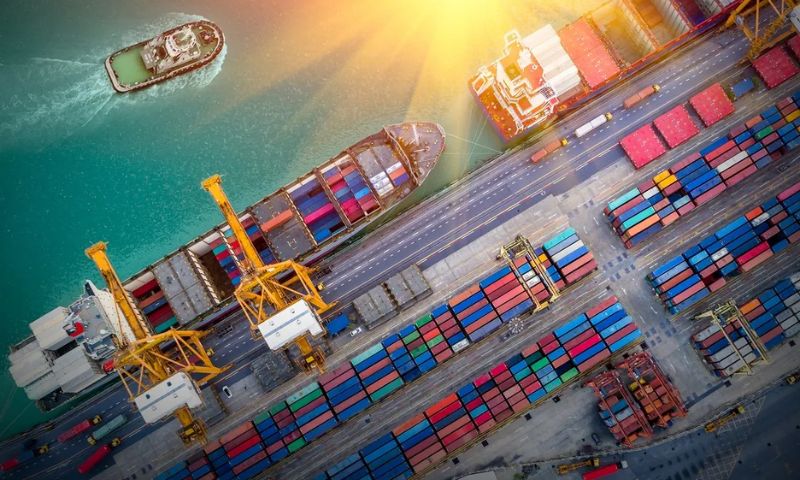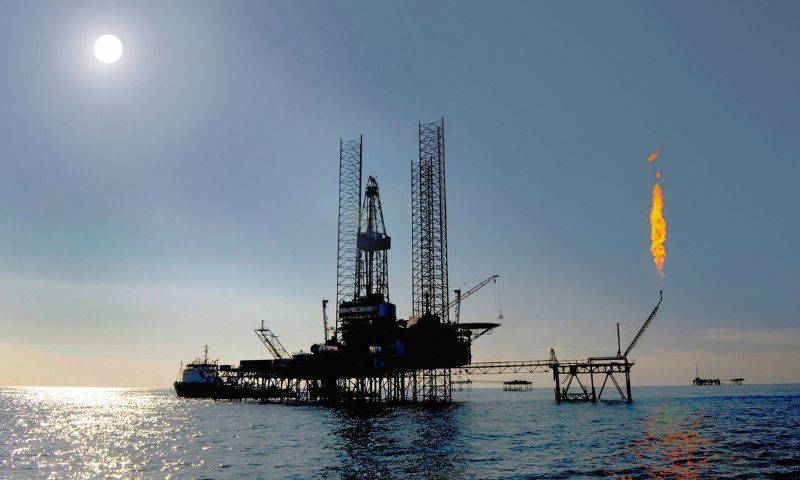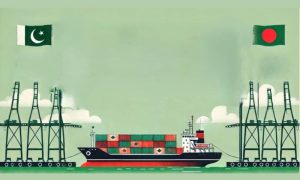Compared with last few years, trade between India and Iran is on the decline. Statistics collected from official website of India show that trade exchange between Iran and India in the first half of the current year stood at about $1 billion. Iran’s exports to India in this period registered a five percent growth as compared to the first half of 2022.
The ministry put the total trade exchanges of India with Iran from January to June 2023 at $993 million. The total trade exchanges in this timespan exceeded $1.373 billion, registering a 27 percent decline compared to the same period of last year.
Iran was claimed to be the third biggest provider of crude oil to India from April to September in the years 2016-17. Bilateral trade between India and Iran got extended to nearly $16 billion in 2012 and continued to be above $15 billion till 2014. Nonetheless, the total trade between the two dropped to US$9.35 billion in the year 2015.
After the sanctions were lifted from Iran in 2016, the capacity of bilateral trade rose through. By utilizing other states like UAE as a third party, this calculation easily crossed $30 billion. Apart from oil and gas, India also financed in a number of other projects like that of the construction of 840-megawatt thermal power project, sugar industry, fertilizer industry, Abadan oil refinery and cement industry.
India makes its energy needs from Iran’s energy reservoirs. Indo-Iranian relations have been on progressive trajectory since the beginning of the current century. Three factors determine India’s relations with Iran; energy security, geo-strategic and geo-economic. Oil export from Iran to India is a major factor.
Then there is the Afghanistan quagmire. India’s relations with Pakistan have significant impact on its relations with Iran. Experts say the decline in bilateral trade between both countries is a major setback to Indian economy. India’s energy needs require a robust oil import from Iran which is not happening at the moment.
Iran is an important state in the global and regional matters in terms of geography, politics, ideology, resources and security. The geo-strategic location of Iran gives it significance because it does not only connect Middle East and Gulf with South Asia but also joins it with Central Asia via Turkmenistan.
It has common borders with Pakistan and Afghanistan and both these states are of prime political and strategic importance in South Asia. Iran occupies a location where larger regional security dynamics stand back-to-back. It holds control over straits of Hurmuz which is most frequent route of global trade. Iran holds a relevant placement in the global energy market due to its 4th largest reserves of petroleum and natural gas.
Around 95% of its external exchange revenues come from oil exports. Furthermore, Iran has the potential to form a linkage between two geopolitical zones, Caspian Sea and Arabian Gulf, pertinent for their resource and energy.
In this sense, fortress of security is engraved on the cross-roads of economic cooperation between both countries. In the economic arena, the principal issues have been energy and trade. The commercial ties between Iran and India are largely dominated by India’s import of crude oil from Iran which started in 1965 when Chennai corporation petroleum limited was established as joint venture between national Iranian oil company and government of India.
Shipping industry also have a joint venture between two states in 1975with Iranian shipping mills 51% of shares and Indian shipping corporation 49% share. Crude oil, total assets value of the company was $250million.
US foreign policy towards Iran has been a major hurdle between India-Iran relations. Sanctions imposed by US on Iran have halted substantially the bilateral trade between India and Iran. During Obama administration there was an easing of scrutiny of Indo-Iranian ties by US. However, Trump’s withdrawal from the JCPOA has increased uncertainty about Indian investments in Iran. U.S has been pursuing India to halt its diplomatic overtures with Iran.
American insistence has created issues for Indian authorities who apprehend sanctions. The US is conceivably the most significant allies for India in terms of mounting formidable defense competences and building dissuasion against China in the Indo-Pacific region. While a stringently quantitative calculation of the substantial reimbursements to be accumulated from Indian ties with the US and Iran could be responsible for some foundation for choosing one over the other.
This goes on to show that foreign policy decisions are not completely transactional in nature. Tehran is still a very pertinent partner for New Delhi in terms of gaining access to Iranian fuel supplies.
The trade of crude oil between the two sides account for roughly 85% of Indian imports from Iran each year. The oil and natural gas commission by India entered into 25 years predetermined undertaking and secured for India 17% of all oil found in the Arabian Gulf.
India needs Iranian pool of energy assets but US role in the regional security makes it difficult to purse an independent foreign policy. India is sandwiched between push and pull by US and other geo-strategic constraints.

























